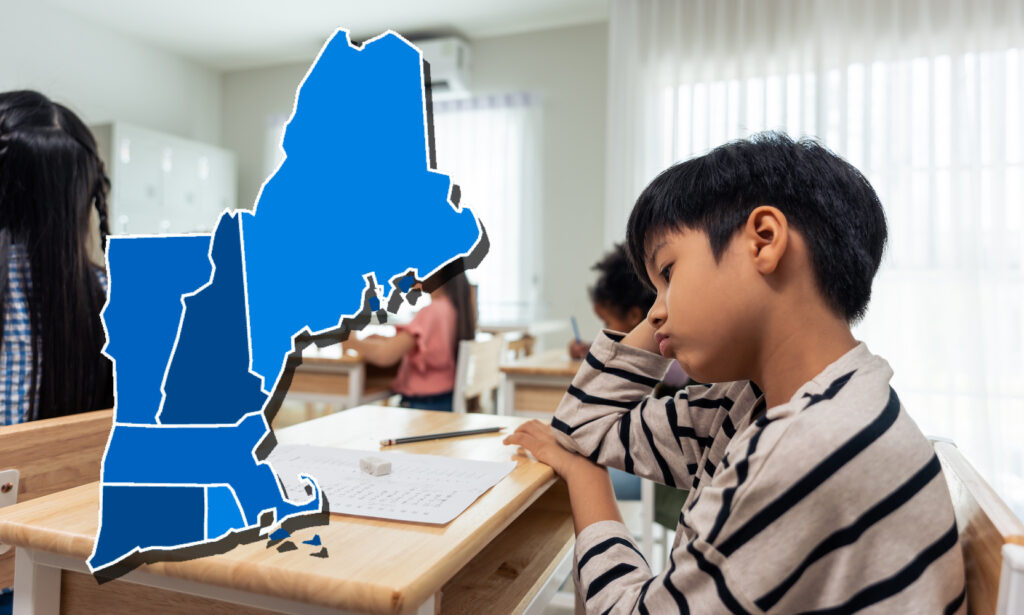Report gives Northeast states low rankings for educational freedom
(The Center Square) – Several Northeast states placed at the bottom of a new nationwide ranking on educational freedoms, according to a new report.
The American Legislative Exchange Council…

(The Center Square) – Several Northeast states placed at the bottom of a new nationwide ranking on educational freedoms, according to a new report.
The American Legislative Exchange Council 2023 Index of State Education Freedom measured all 50 states and the District of Columbia based on several broad categories: funding and financing for school choice programs, support for charter schools, homeschooling, virtual schooling and open enrollment policies.
Massachusetts was tied with Rhode Island for a rock-bottom ranking in overall educational freedom, with both states receiving an “F” grade from the report’s authors, who cited shortcomings with homeschooling policies, a lack of virtual schools and its onerous regulatory environment.
New York was ranked 48th lowest for educational freedom, followed by Vermont. Both states received an “F” grade from the report’s authors. Maine was ranked 43rd, while Connecticut placed 42nd.
Florida was ranked highest among the top 5 states regarding overall education freedom, followed by Arkansas, Indiana, Arizona and Iowa, according to the report.
One bright spot for educational freedom in the Northeast region was New Hampshire, ranked 20th in the nation with a “C” grade from the report’s authors.
The report cited New Hampshire’s educational freedom account program, which diverts taxpayer dollars for students to attend private schools and homeschooling.
New Hampshire is one of at least 10 states that have authorized the use of educational freedom accounts for private schooling.
Under the law, public school dollars follow K-12 students if they decide to attend private or charter schools. Families apply for annual grants ranging from $4,000 to $8,000 per student. Participants must be making under 300% of the federal poverty level, or $79,500 for a family of four, according to the state’s criteria.
The report differs from ALEC’s annual Report Card on American Education, which for 25 years has ranked states based on various performance indicators in K-12 education.
The group said the new publication no longer looks at student test score data, saying it can be “influenced by student demographics, income, and other factors.” Instead, the group said the new report is “forward-looking and evaluates each state on essential policies that change students’ lives by empowering parents and families with choice in education.”
“Public education dollars can and should follow students, not the system,” the report’s authors wrote. “Parents are best positioned to know where and how their children learn best, so we must empower them with as many educational choices as possible.”
The report’s authors said the COVID-19 pandemic “sparked a complete reimagining of how and where students are taught around the country,” focusing on more parental oversight. The report
“More importantly, the pandemic sparked a national realization that our current “one-size-fits-all” system of public education simply does not work for too many students,” ALEC’s Andrew Handel wrote in a report summary. “While there are plenty of students who perform at their highest level in their local public schools, there are also many who would perform better in an alternate educational environment.”



